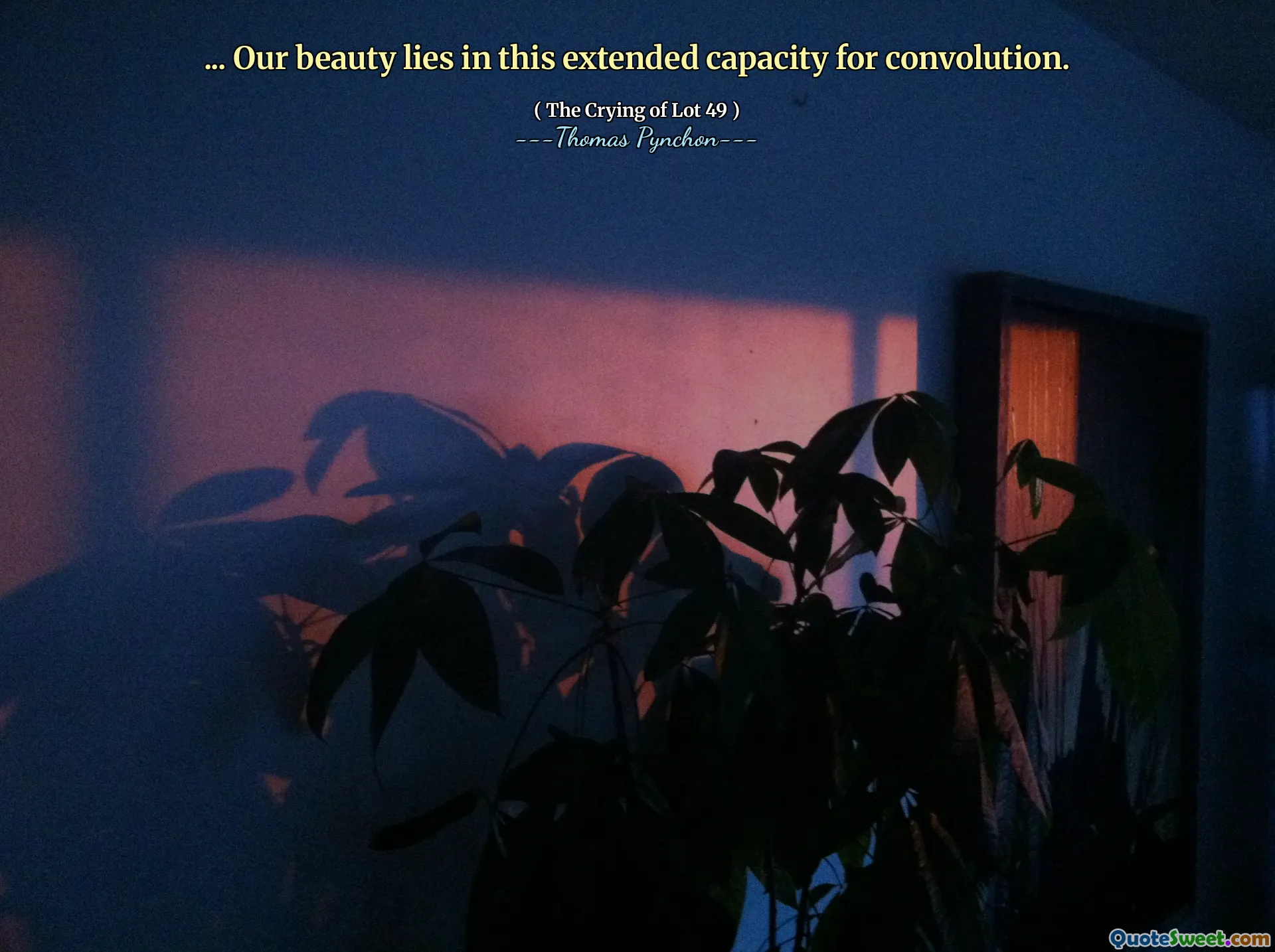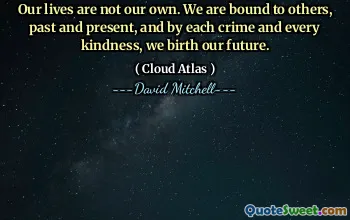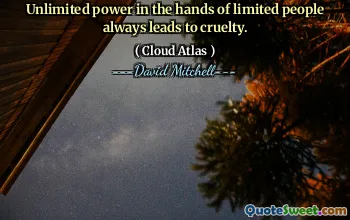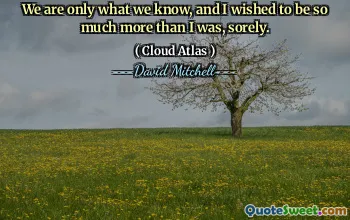
... Our beauty lies in this extended capacity for convolution.
The notion that our beauty resides in an extended capacity for convolution speaks to the complexity and interconnectedness inherent in human experiences and perceptions. Convolution suggests a twisting or spiraling of ideas, thoughts, and realities, reflecting how human consciousness often struggles to unravel the layers of meaning in the world around us. In the context of Thomas Pynchon's work, such a statement becomes a lens through which to view the labyrinthine nature of knowledge, identity, and societal structures. It hints at the idea that beauty isn’t simply found in simplicity or clarity but rather in the intricate patterns that emerge when multiple strands of thought intertwine. This extended capacity implies that our potential for understanding is not just bounded by linear logic but expands through the chaos and complexity that turbulence and convoluted pathways introduce. It encourages embracing ambiguity and seeing beauty in disorder, for it is within this very chaos that innovation, creativity, and profound insight often reside. The human mind's ability to navigate and find meaning amid convolution mirrors the artistic or philosophical journey—where truth becomes layered and multifaceted rather than straightforward. Such a perspective invites us to accept and celebrate the tangled, often confusing, nature of our perceptions, emphasizing that there is inherent beauty in complexity, in the bending and twisting of thought and experience. It transforms convolution from a purely negative or confusing element into something that enriches our understanding and appreciation of the world's depth and subtlety.
(The Crying of Lot 49) by Thomas Pynchon truly explores these themes, revealing that in the intricate and sometimes overwhelming mosaic of modern life, our capacity to convolute and connect disparate ideas is what ultimately forms our greatest aesthetic and intellectual beauty.





